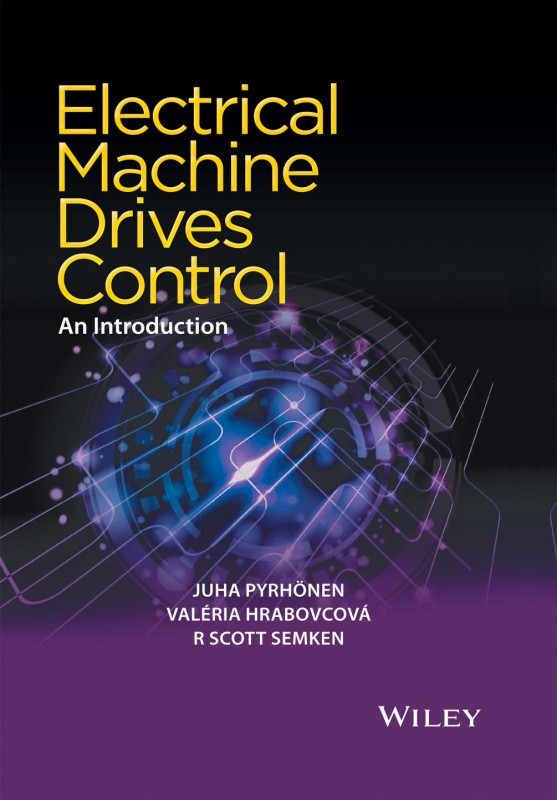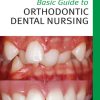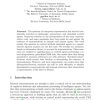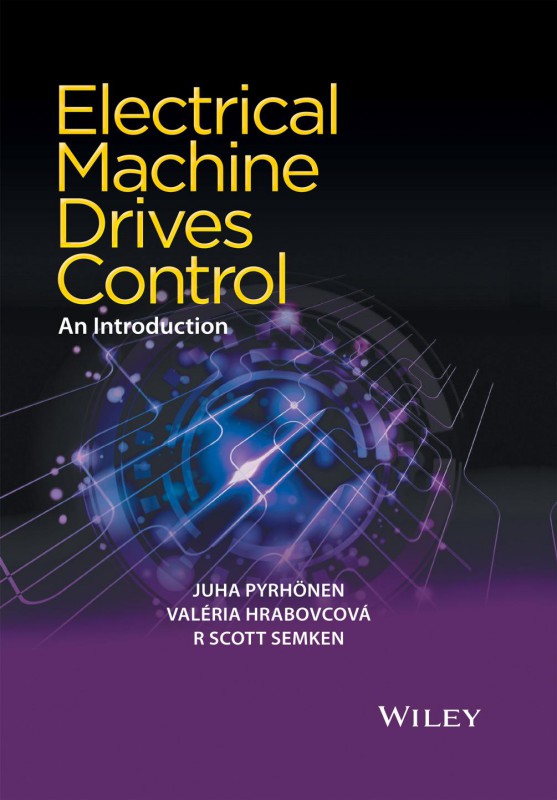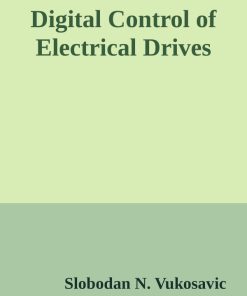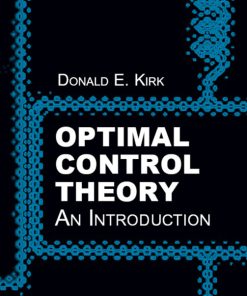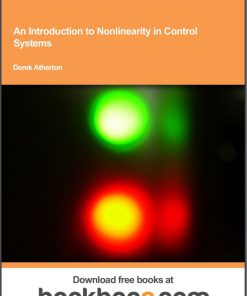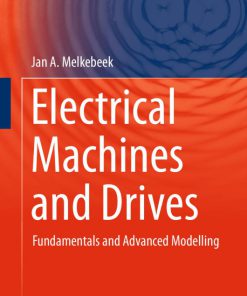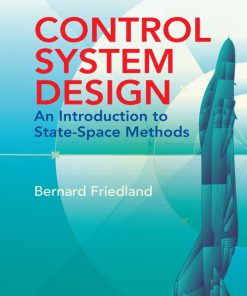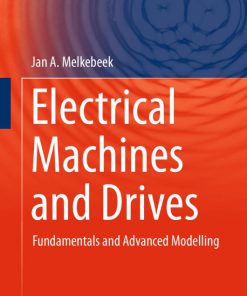Electrical Machine Drives Control An Introduction 1st Edition by Juha Pyrhonen, Valeria Hrabovcova, Scott Semken 1119260450 9781119260455
Original price was: $50.00.$25.00Current price is: $25.00.
Authors:Juha Pyrhonen; Valeria Hrabovcova; R. Scott Semken , Series:Electrical Engineering [52] , Tags:Science; System Theory; Technology & Engineering; Electrical , Author sort:Pyrhonen, Juha & Hrabovcova, Valeria & Semken, R. Scott , Ids:Google; 9781119260455 , Languages:Languages:eng , Published:Published:Nov 2016 , Publisher:John Wiley & Sons , Comments:Comments:This comprehensive text examines existing and emerging electrical drive technologies. The authors clearly define the most basic electrical drive concepts and go on to explain the most important details while maintaining a solid connection to the theory and design of the associated electrical machines. Also including links to a number of industrial applications, the authors take their investigation of electrical drives beyond theory to examine a number of practical aspects of electrical drive control and application. Key features: * Provides a comprehensive summary of all aspects of controlled-speed electrical drive technology including control and operation. * Handling of electrical drives is solidly linked to the theory and design of the associated electrical machines. Added insight into problems and functions are illustrated with clearly understandable figures. * Offers an understanding of the main phenomena associated with electrical machine drives. * Considers the problem of bearing currents and voltage stresses of an electrical drive. * Includes up-to-date theory and design guidelines, taking into account the most recent advances. This book’s rigorous coverage of theoretical principles and techniques makes for an excellent introduction to controlled-speed electrical drive technologies for Electrical Engineering MSc or PhD students studying electrical drives. It also serves as an excellent reference for practicing electrical engineers looking to carry out design, analyses, and development of controlled-speed electrical drives.

